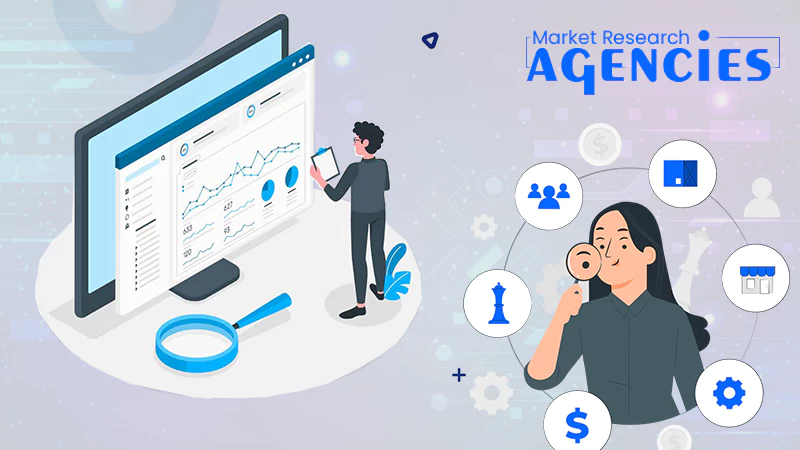Essential Resources for Call Center Managers
Are you a call center manager seeking ways to make your system more efficient and productive? You’ve come to the right place! This article will provide critical resources that will tremendously enhance the ability of your call center to offer consistent, high-quality service to one and all. As a call center manager, your ability to manage your staff, utilize the latest technology, and implement the right techniques and strategies significantly impacts the success of your operations. This article will provide you with expert tips and resources on how to manage your call center’s operations. Keep reading to uncover these hidden gems.
Adopting Advanced Call Center Technology
The use of advanced technology is a necessity in modern call centers, as it aids in streamlining operations and achieving higher customer satisfaction levels. With the rise in digital evolution, businesses are faced with the need for real-time responsiveness, scalability, and flexibility in their call center operations. Adopting advanced technology helps in meeting these needs while providing a wealth of data that can be used for strategic decision-making.
One such technology that has proven to be a tool for call centers is the Avaya telephone system. Avaya’s technology provides a unified solution for call centers, combining voice, video, data, and mobility applications into a single platform. These advanced systems optimize the delivery of services and enhance operational reliability while providing measurable improvements in customer relationship management. Whether you need a cloud, virtual, or hybrid solution, Avaya can assist you so you can meet the needs of your business.
With the integration of artificial intelligence in many of these platforms, customer interactions are no longer limited to human interactions. Automated assistants can now take on more of the workload, giving call center staff more time to handle complex issues that require a human touch. Ultimately, this allows companies to deliver customer service that is faster, more efficient, and more customized to individuals’ specific needs. A telephone system from Avaya should be at the top of your list.
Training and Development of Staff
A well-trained call center staff is an asset to any business. No matter how efficient and modern your technology is, we must remember that at the end of the day, it’s the humans behind these machines who interact with your customers and clients. Thus, providing consistent and ongoing training and development for your staff is integral to maintaining high service standards.
Employees should be trained on how to use the technology and on soft skills like communication, problem-solving, and customer service. This training should also extend to understanding the business’s products and services and the target customer’s profile. All these combined will guarantee that your staff is equipped to handle any kind of situation they might face on a day-to-day basis.
Staff development also means providing opportunities for growth within the company. This can be done through promotion policies, skill development programs, and positive reinforcement such as rewards and recognition. In this way, employees will feel valued and motivated to perform better, leading to improved productivity and customer satisfaction.
Implementing Regular Quality Assurance Checks

Quality assurance checks are crucial in ensuring your call center maintains a high level of service. These checks should be regular and should cover all aspects of your operations. This includes monitoring communication between employees and customers, checking the accuracy of information provided and actions taken, and evaluating problem-solving abilities and call resolution.
A regular quality assurance check should involve managers and employees, as this will give them an opportunity to understand the areas they’re excelling in and those which they need to improve. It also helps in identifying any training needs or areas of innovation that can be incorporated into the system. Quality assurance checks are not meant to find fault, but rather to continuously improve the service provided. Therefore, you need to use the checks as an opportunity to motivate staff to do their best and reward those who perform exceptionally.
Embracing Customer Feedback
Nothing speaks louder about the effectiveness of your customer service than the customers themselves. Regularly soliciting feedback from customers can provide valuable insights into how well your services are received, and where improvements can be made. However, there is a distinction between simply collecting feedback and truly embracing it. It is only by valuing and acting upon feedback that it becomes a powerful tool for improvement.
This involves being open and receptive to both positive and negative feedback and viewing it as an opportunity for growth rather than a criticism. Customer feedback can be collected through various channels such as surveys, social media reviews, and direct conversations with customers. This feedback should be analyzed and incorporated into your operations to be sure that you provide a service that meets your customers’ expectations at all times.
Understanding Key Performance Indicators (KPIs)
As a call center manager, it’s important to understand your Key Performance Indicators (KPIs) and how they tie into your business objectives. KPIs provide a measurable value that demonstrates how efficiently a company achieves its business objectives.
Common call center KPIs include turnover rates, average handling time, customer satisfaction levels, and first-call resolution rates. Keeping an eye on these KPIs can help you identify areas of concern and take action to improve your operations. Moreover, KPIs should not be viewed in isolation but rather in conjunction with your business goals.
Incorporating Workforce Management
Proper workforce management is fundamental to the success of your call center. This involves forecasting the volume of calls, scheduling staff, monitoring real-time adherence, and managing day-to-day changes. Having a streamlined workforce management process ensures you always have the necessary staff resources to handle your call volume. Workforce management not only relates to ensuring you have the right number of staff but also entails engaging and motivating your team.
Creating a positive working environment where your team feels valued and respected is key to building a high-performing call center. Furthermore, a well-managed workforce ultimately affects the customer experience. The more satisfied your employees are, the more committed they will be to providing excellent customer service—a key objective for any call center.
Optimizing Physical Workspace
The physical workspace in which your call center operates also plays a role in overall productivity and efficiency. A well-designed workspace promotes a healthy working environment which can lead to increased productivity, improved employee satisfaction, and reduced turnover. A good workspace should be ergonomic, ensuring employees are comfortable and unlikely to suffer from work-related stress or injuries. It should have good lighting conditions to avoid straining employees’ eyes and should be at an optimal temperature to ensure comfort.
Noise reduction measures should be in place to ensure employees can concentrate and communicate. The workspace should also provide spaces for recreation and relaxation for employees to refresh and rejuvenate. After all, a happy and comfortable employee is more likely to be productive and provide excellent customer service.
As this article clearly illustrates, managing a call center involves many variables that need constant attention and adjustment. However, by focusing on the areas highlighted above, one can successfully create a high-performing, efficient, and customer-friendly call center. So keep these resources at hand and stay ahead in the dynamic landscape of call center management. Follow these tips and you’ll be well on your way to having a thriving call center.
Follow Us
Latest Post















